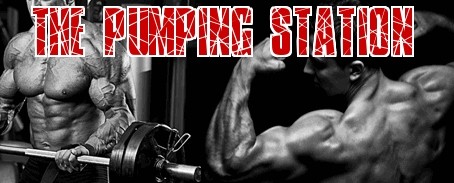How to Master the Bench Press
Your bench-press form is everything when doing the movement correctly. We will briefly list the minimum requirements to ensure correct form when bench-pressing. Ideally bench-press should be done in a power rack but we will assume that bench-press is done with a normal bench-press which holds the barbell on support when lying prone.
Bench-press is a compound movement, meaning using more than one joint working simultaneously to lift the weight off your chest. Heavy weights are recommended to develop the chest muscles and shoulder strength as well as the triceps. Bench-press should be done in a Power Rack for maximum safety.
Lie underneath the weighted bar with both feet flat on the floor, your eyes should be directly underneath the bar as you unhook and lower it to your mid-chest while breathing in. Press the barbell back up until both your elbows are locked out holding the bar tightly. Keeping your butt on the bench, you should use your heels to help to push the weight upwards.
You should always use the base of your palm to push the weight upwards while squeezing the shoulder blades together as you lift. You should ideally only lockout on the last rep of the set, doing so will help to maintain the tension in your chest muscles and get better results.
It is strongly advised by seasoned lifters to always avoid developing shoulder pain from pressing by tucking your elbows inwards about 75 degrees as you lower the bar to your chest. You should always try not to stretch your chest out by flaring the elbows outwards by 90 degrees.
Doing this will impinge your shoulders because your upper-arms will be perpendicular to your torso when you are at the bottom of the movement. Unlike the Squat or the Deadlift, the bar will not move in a vertical line when Bench-pressing with proper form.
The bar will move diagonally from the mid-chest until it reaches directly over the shoulders. Benching like this will protect you from common rotator cuff injuries. There are four small muscles stabilizing the shoulder called teres minor, supraspinatous, infraspinatous, and sucscapularous which together are known together as the 'rotator cuff'.
The advantage of using a power rack to bench-press is that it will not need a spotter to help you when you go heavy. By setting the safety pins at the correct height when you are lying on the bench, you can avoid using a spotter. The wider your shoulders are the wider your bench-press grip should be.
Click Here to Sign Up for Your Free Bodybuilding Magazine Subscription
